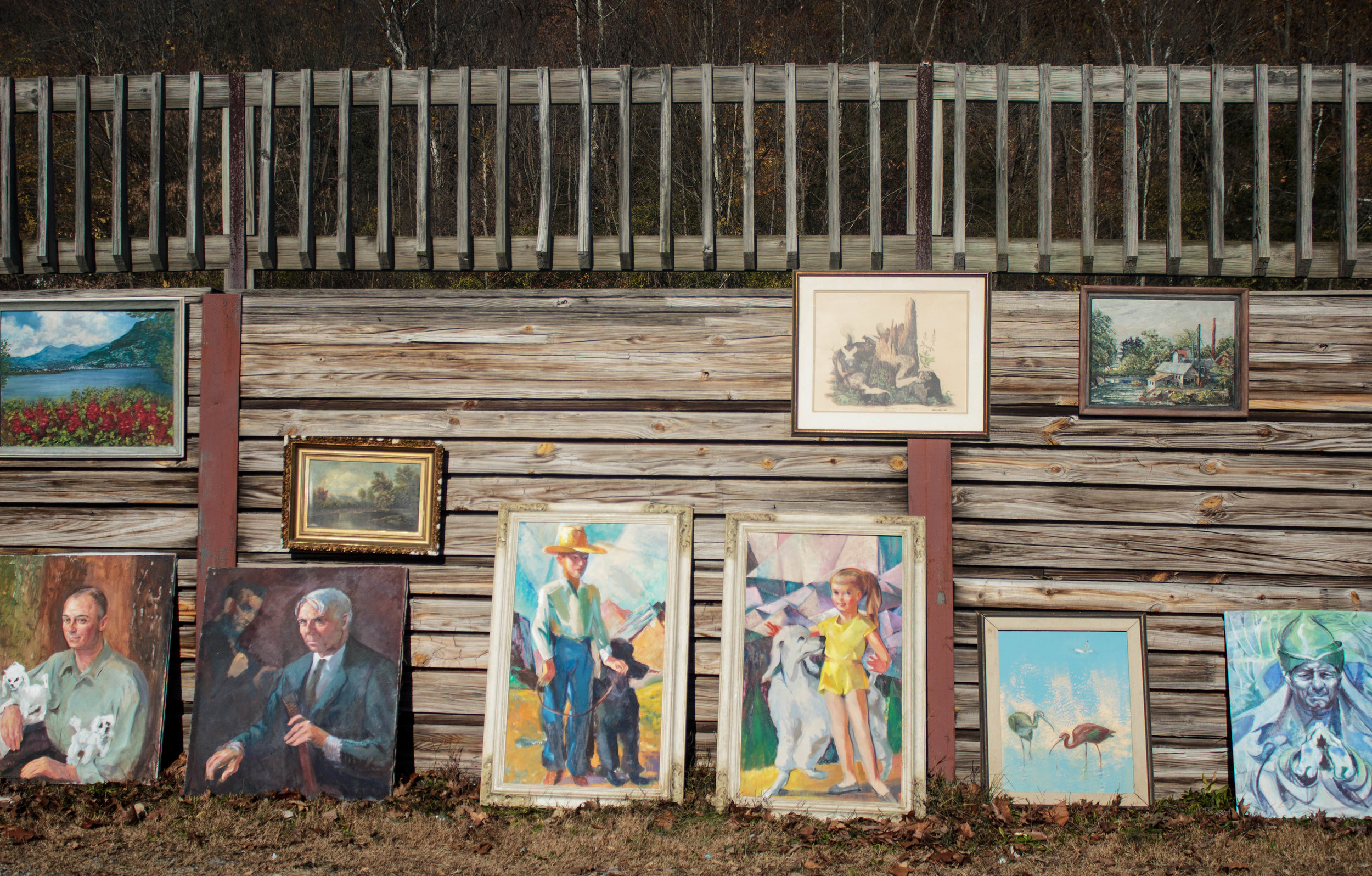Recap: Modern + Fun NYC Studio
/Hi There! This week I wanted to share with you a house I toured over the holidays. It's the home of interior designer, Molly Torres. She lives in NYC with her fiance, Hary Portnof. Molly's home is modern, young and fun, and right next door to the Empire State Building (definitely a wow factor)! But one of the things I really enjoyed about Molly's home is the passion she put into decorating it. Creating a home you're passionate about is really a catalyst for a passionate life, wouldn't you say? According to design psychology, a home that fulfills your aesthetic, social, and psychological needs, to name a few, encourages you to be more fully expressive in other areas of your life, both personally and professionally.
Molly's passion for her home is reflected in her attention to detail, and the creative ways she has made the physical challenges of the space work for her and Harry. When Molly first moved in, the space was more like a dorm room. But guided by her vision, she turned the 520 square foot studio into a chic home with clearly delineated spaces that both her and her Harry love. See some pics from the tour below:
I love the way Molly incorporated her fiancé's love of music (he is a music producer) with her more feminine aesthetic. Being able to decorate for everyone in the home goes a long way with fostering in them, a sense of pride and belonging. For me, it's been a challenge to incorporate my husband's interests, particularly since the aesthetics of home have not been a priority for him. But I've realized it's not so much about how attuned others who share your space, are with the aesthetics, as it is about allowing them to be reflected in the home in some way that is aesthetically and psychologically pleasing to everyone.
How challenging has it been for you to incorporate the style or tastes of those you live with?
See the full article on Houzz.
These pictures originally appeared on March 13, 2017, on Houzz.





























